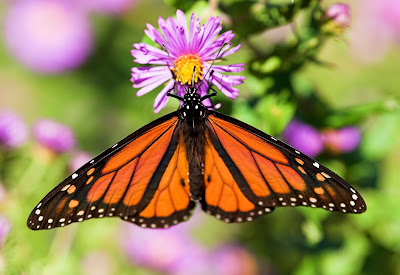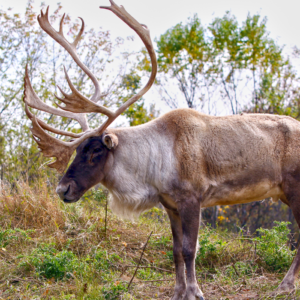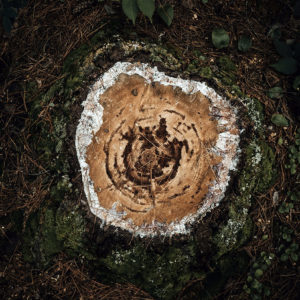New Discovery Made about Monarch Butterfly’s Incredible Journey
The Monarch Butterfly is one the most cherished and widely recognized insect species in the world. Its Latin name, Danaus plexippus, is inspired by the Greek myth of Danaus, king of Libya, in which Danaus and his fifty daughters (Danaides) fled to Greece to avoid marrying their cousins. The long, migratory journey of the Monarch butterfly is reminiscent of the daughters’ flight. The Aztecs also believed that the adult Monarch butterflies were incarnations of their fallen warriors, as the monarchs portrayed the colors of their battles.

Researchers from the University of Guelph and Environment Canada have made a significant new discovery about “nature’s royalty” and their mysterious migration. They recently learned that some Monarch Butterflies produce offspring that don’t simply travel the thousands of kilometres each year between the Great Lakes Region and Mexico. At least some head east across the Appalachian Mountains en route to the eastern seaboard. According to Ryan Norris, professor of integrative biology at the University of Guelph and author of the study, “this explains why monarchs always appear later on the east coast than the interior.” He also noted that the butterflies who follow this migratory pattern have wider wingspans than others monarchs by a few centimetres. These findings were published in the journal, Biology Letters.
As the weather chills, the monarchs will begin their annual migration south to California and Mexico, a journey that represents up to 4,828 kilometres. When springtime arrives the monarchs will head back up north, and lay eggs along the way. But now we know that for some, the journey back will be a more difficult feat as they will have to pass through the treacherous mountains ranges of the Appalachians.
Under the Species at Risk Act (SARA) the Monarch Butterfly is listed as a species of “special concern”. This type of designation only requires that a management plan be prepared but it does not offer the Monarch adequate protection against its destruction, harassment, capture or the destruction of its habitat. In other words, I am saddened to say that no legal repercussions will come to you if you kill or hurt a Monarch Butterfly. Fortunately, Canada and Mexico signed a declaration creating the International Network of Monarch Butterfly Reserves. Three areas along the north shore of lakes Ontario and Erie have been designated as reserves—Long Point National Wildlife Area, Point Pelee National Park, and the Prince Edward Point National Wildlife Area.
You can attract these beautiful creatures to your backyard while protecting local ecosystems and encouraging biodiversity by planting a Monarch-Friendly Garden.



